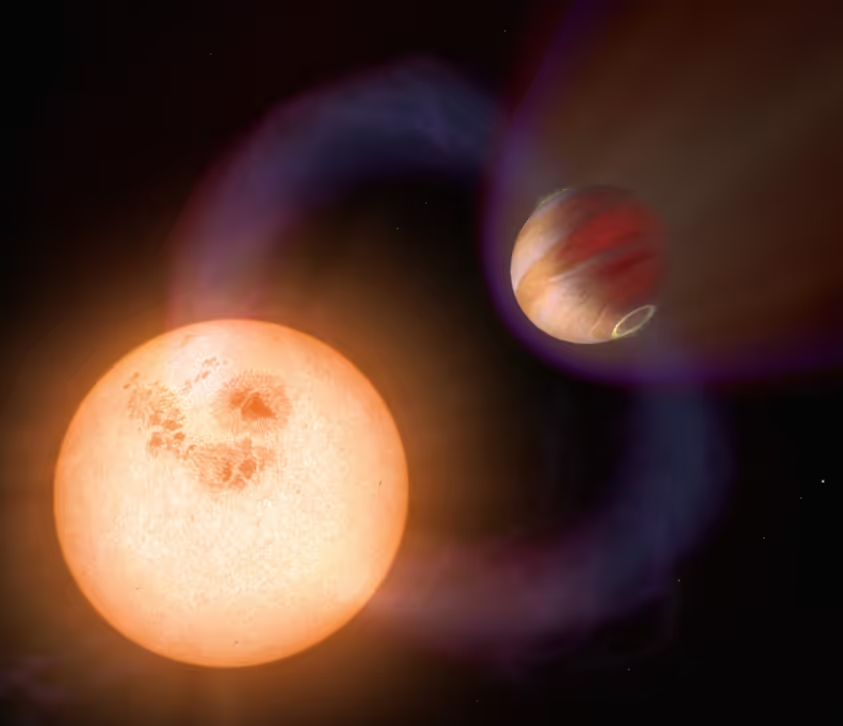Stay informed with our newsletter.
.webp)

.webp)

October 2025 promises a spectacular display in the night sky with eight must-see celestial events. Stargazers can look forward to full moons, meteor showers, and planetary alignments that will light up the skies. These events offer a perfect opportunity for astronomy enthusiasts and casual observers alike to witness the wonders of the universe. Mark your calendars and prepare for breathtaking views, as October delivers a month filled with unforgettable astronomical phenomena.

Get ready to gaze skyward and witness October 2025’s most dazzling celestial events. This 10th month of 2025 is bursting with cosmic wonders, offering unforgettable experiences for stargazing enthusiasts. From the Super Harvest Moon to the Draconid meteor shower, here’s a roundup of must-see astronomical highlights this month.
Andromeda Galaxy (M31)
Our neighboring Andromeda Galaxy was visible to the naked eye under dark skies around October 2, close to midnight. While a telescope enhances the view, it is still detectable without one in areas free from light pollution.
Dwarf Planet Ceres
The largest object in the Asteroid Belt, Ceres, was also shining brightly in the Cetus constellation around midnight, offering another spectacular celestial sight.
Moon near Saturn and Neptune
During the night of October 5-6, the almost full moon appeared just 3.33 degrees from Saturn, creating a striking celestial pairing. Neptune was also nearby, observable with binoculars or a telescope.
The Harvest Moon
The Super Harvest Moon rose on October 6, appearing larger and brighter as it reached perigee, the closest point to Earth. On October 7 at 03:48 GMT, it cast a warm golden glow, delighting skywatchers across the globe.
Draconid Meteor Shower
The Draconid meteor shower will peak on October 8 as Earth passes through the debris trail of Comet 21P/Giacobini-Zinner. While moonlight may reduce visibility.
Moon near the Pleiades Star Cluster
On October 10, the Moon will drift less than one degree away from the Pleiades cluster, also known as the Seven Sisters or Messier 45, located about 444 light-years from Earth. While often called the “Seven Sisters,” only six stars are easily visible to the naked eye, though the cluster contains over 1,000 stars.
Triangulum Galaxy (M33)
The Triangulum Galaxy will be visible on October 15. Under very dark conditions, it may be spotted without aid, but a telescope or binoculars will reveal its distinct spiral shape.
Moon near Venus; Mercury near Mars
On October 19, the Moon will appear close to Venus in the pre-dawn sky, with less than four degrees separating them. Meanwhile, Mercury will be seen near Mars, adding to the celestial spectacle.
Orionid Meteor Shower
The Orionid meteor shower will peak on October 20-21, and thanks to the New Moon, viewing conditions will be ideal. Stargazers can expect to see 15-20 meteors per hour streaking across the sky.
For questions or comments write to contactus@bostonbrandmedia.com
Source: NDTV
